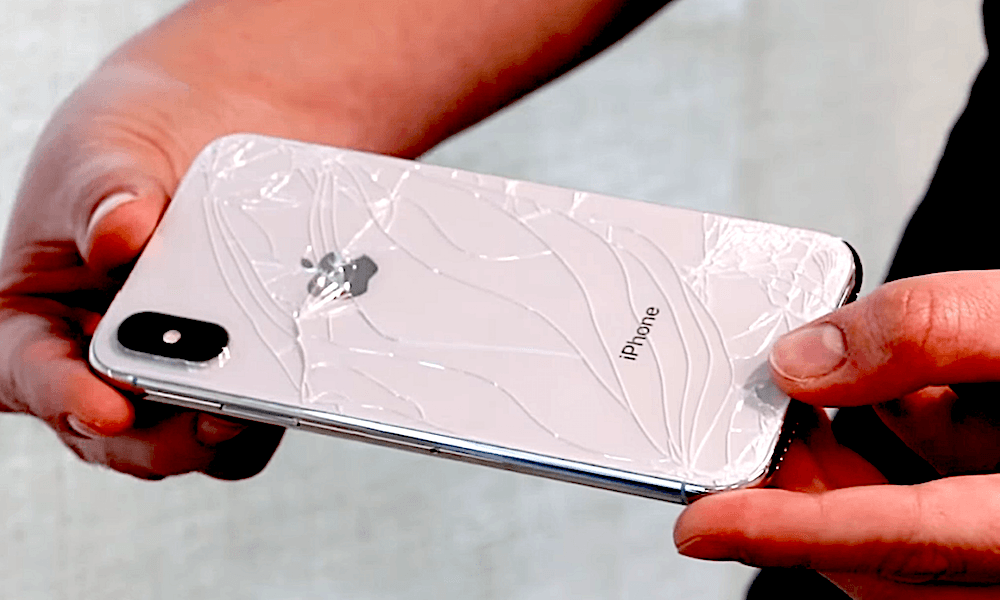Apple Has Been Losing Money on Device Repairs for a Decade
 Credit: Forbes
Credit: Forbes
Toggle Dark Mode
Apple doesn’t actually make any money from repairing devices that customers bring in. In fact, the company says it’s been losing money for years.
The Cupertino tech giant revealed on Wednesday that the cost to operate its repair programs exceeds any revenue that it gains from them. Here’s what Apple said (and what it means for users).
Congressional Probe
Apple’s repair program revenue was revealed in a letter the company sent to Congress in response to an antitrust probe launched by the House Judiciary Committee.
While many of the answers that Apple provided were expected, the letter did reveal a few interesting details about the firm’s repair polices and programs at large.
For example, lawmakers inquired about the total revenue of Apple’s repair programs since 2009. In response, Apple said “the costs of providing repair services has exceeded the revenue generated” every year in the last decade.
Apple also provided details about what types of repairs are allowed at Apple Authorized Service Providers (AASP) — it’s pretty much every repair that Apple Stores are allowed to make. Anything that can’t be handled at a brick-and-mortar outlet can be shipped to an Apple Repair Center.
Interestingly, the company also told Congress that it does not automatically refuse service to customers who had a previous unauthorized repair — or repair attempt — done on a device.
Additionally, Apple said that the presence of non-genuine components also doesn’t render a device illegible for service, even if those components “infringe on Apple’s intellectual property.”
What Apple Won’t Repair
Apple says it will refuse to repair devices the following devices.
- Devices with certain critical components swapped with non-genuine ones, such as the logic board and enclosure.
- Devices that have been disassembled to the point that special tools are needed.
- Devices that have fake components that are designed not to work.
- Devices that are “beyond economic repair.”
- Devices that are missing components or that have “intentional tampering designed to defraud Apple.”
What This Means for Users
When it comes to Apple’s repair programs and repair policies, the company runs a fairly tight ship. It has long been opposed to right-to-repair legislation and giving too much access to tools and documents to unauthorized repair shops.
Many of those efforts have led some in the tech community to believe that Apple intentionally makes it hard to repair its devices so that it can corner the repair market and turn a profit.
Apple’s answers to Congress, however, pretty much fly in the face of that theory. Apple’s repair business is not a money-maker, so it wouldn’t make sense for the company to be anticompetitive in that area strictly for revenue purposes.
There are other reasons why Apple may make repairs harder for customers and third-party technicians, from safety to security. Whether you believe those answers is up to you. But it’s safe to say that Apple’s repair business is not a lucrative one.
Still, the answers concerning which devices are eligible for repair are pretty enlightening. And knowing that AASPs can handle pretty much any repair that a Genius Bar can is helpful knowledge for Apple users who may not live near an Apple Store.






